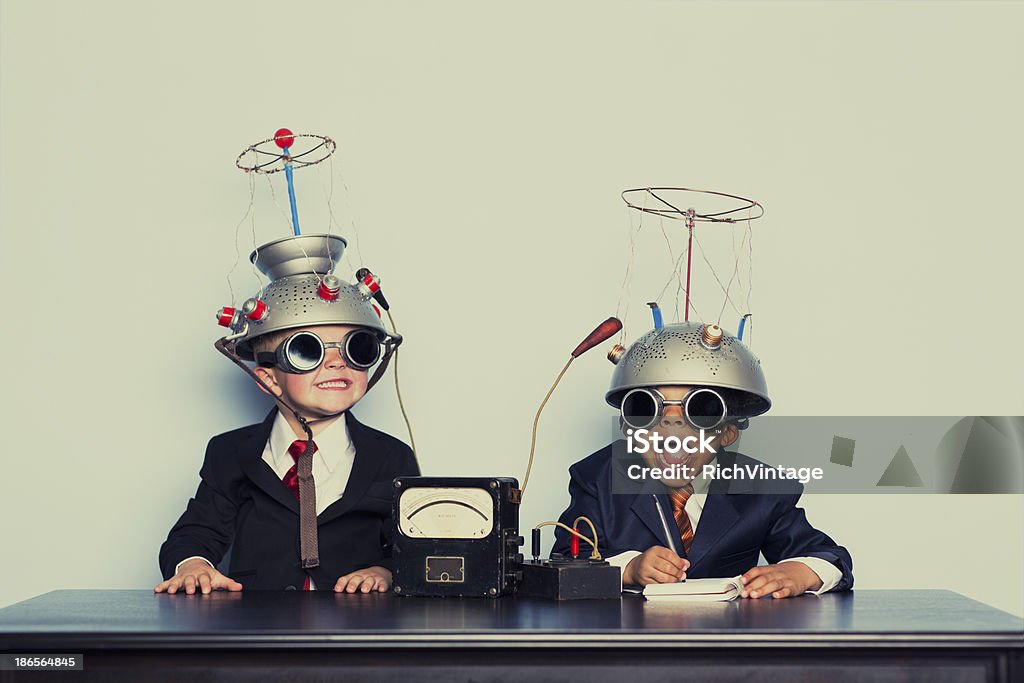Basic economic problems arise due to our unlimited wants and limited resources.
We face four main economic problems that need to be addressed in order to make decisions about what and how much to produce, as well as who gets access to the produced goods and services.
Let’s take a closer look at each of these problems and how they impact our economy.
Basic Economic Problems
- What Mix of Goods and Services Will Be Produced?
- How Much Goods and Services Should Be Produced?
- How is Output Produced?
- For Whom Should the Product Be Produced?
Table of Contents
What Mix of Goods and Services Will Be Produced?

In a market economy, the mix of goods and services that are produced is determined by the interaction between buyers and sellers.
However, since we have limited resources and unlimited wants, we can’t produce everything we desire. Here’s what happens:
- There are not enough resources available to fulfill all our wants at the same time.
- Society needs to make choices about which goods and services to produce and which ones to forgo.
- The decisions about what to produce determine how we allocate our resources.
- We want to use our resources efficiently to produce goods and services that satisfy the needs of the whole economy.
- It’s not only about choosing what to produce but also making sure we produce enough to meet our unlimited wants.
In this context, the government plays a role in ensuring the production of essential goods that society needs.
How Much Goods and Services Should Be Produced?

To address this problem, producers must determine the quantity of goods and services that the market demands. Here’s what happens:
- If there is a high demand for a particular good, producers will increase its production.
- On the other hand, if there is low demand, producers need to decrease production.
- Producers must make accurate decisions about the quantity of goods and services to avoid oversupply or undersupply in the market.
- Excessive production results in wasting limited resources.
- Therefore, the government’s focus is on ensuring sufficient production of goods and services while avoiding wastage.
How is Output Produced?

This question revolves around determining the mix of resources used to produce output. Here’s what happens:
- In a market economy, profit-maximizing producers aim to minimize costs while maintaining the quality and quantity of output.
- Producers adopt different production techniques based on the costs of labor and capital.
- If labor costs are lower than capital costs, producers opt for labor-intensive production methods.
- If capital costs are lower than labor costs, producers choose capital-intensive production techniques.
This way, producers strive to find the most cost-effective approach to producing goods and services.
For Whom Should the Product Be Produced?

This problem relates to the issue of “who gets what?” In a market economy, the distribution of goods and services is determined by the interaction of buyers and sellers.
However, this often results in a disparity between those with higher income and those with lower income. Here’s what happens:
- Generally, goods are produced for those who can afford them.
- People with higher incomes can afford more goods, while people with lower incomes have access to fewer goods.
- To ensure a fair distribution of goods and services across society, the government should introduce a system that promotes fairness and accessibility for all.
By addressing these basic economic problems, we can strive for a more balanced and efficient economy that meets the needs and wants of the entire society.
To access relevant information, check out the following blogs:
- Kangaroo Math Blog for Mathematics
- Kancil Science Blog for Science
- Beaver Computational Thinking Blog for Computer Science
- Kijang Economy Blog for Economics





